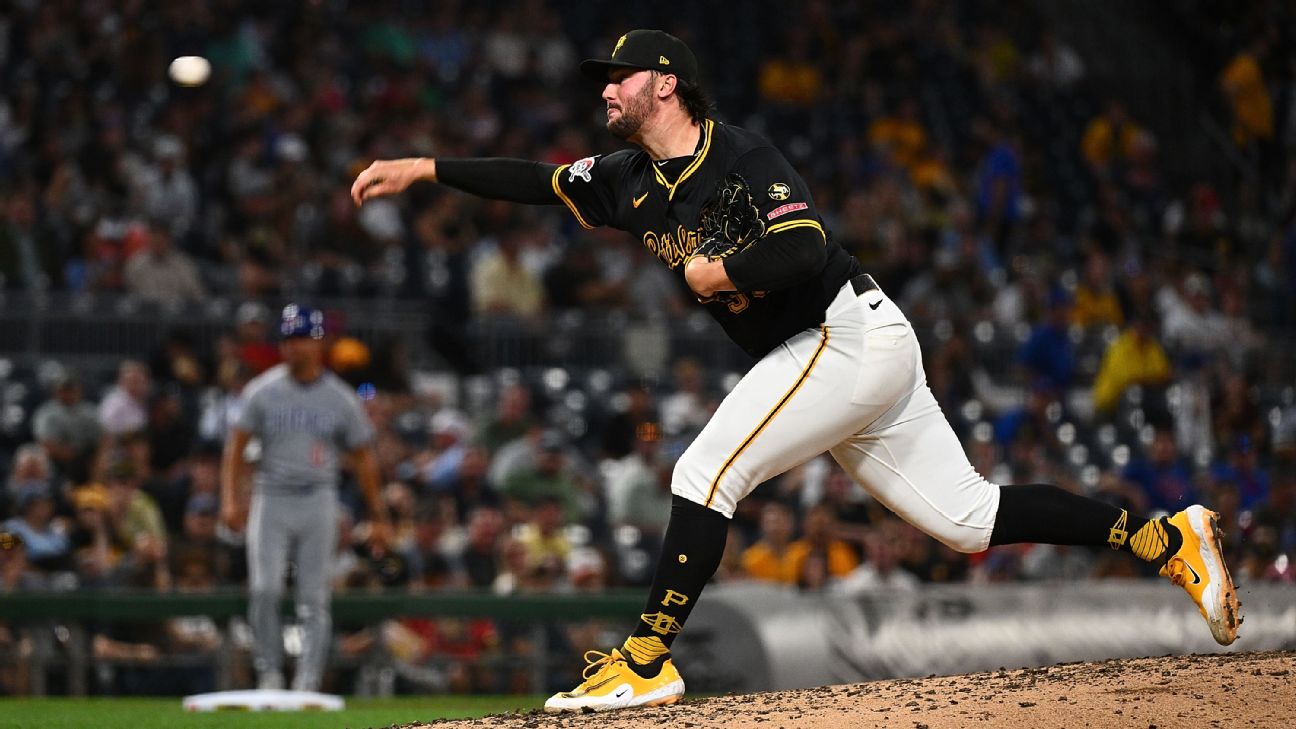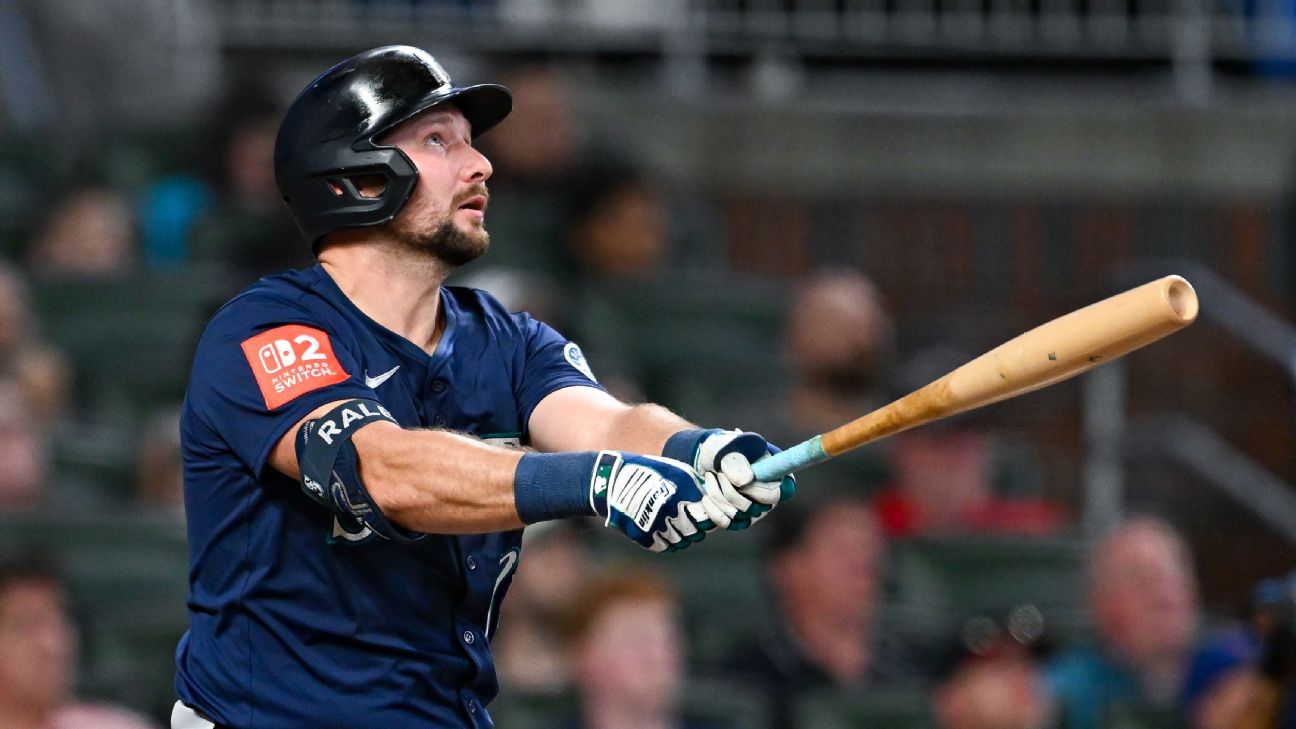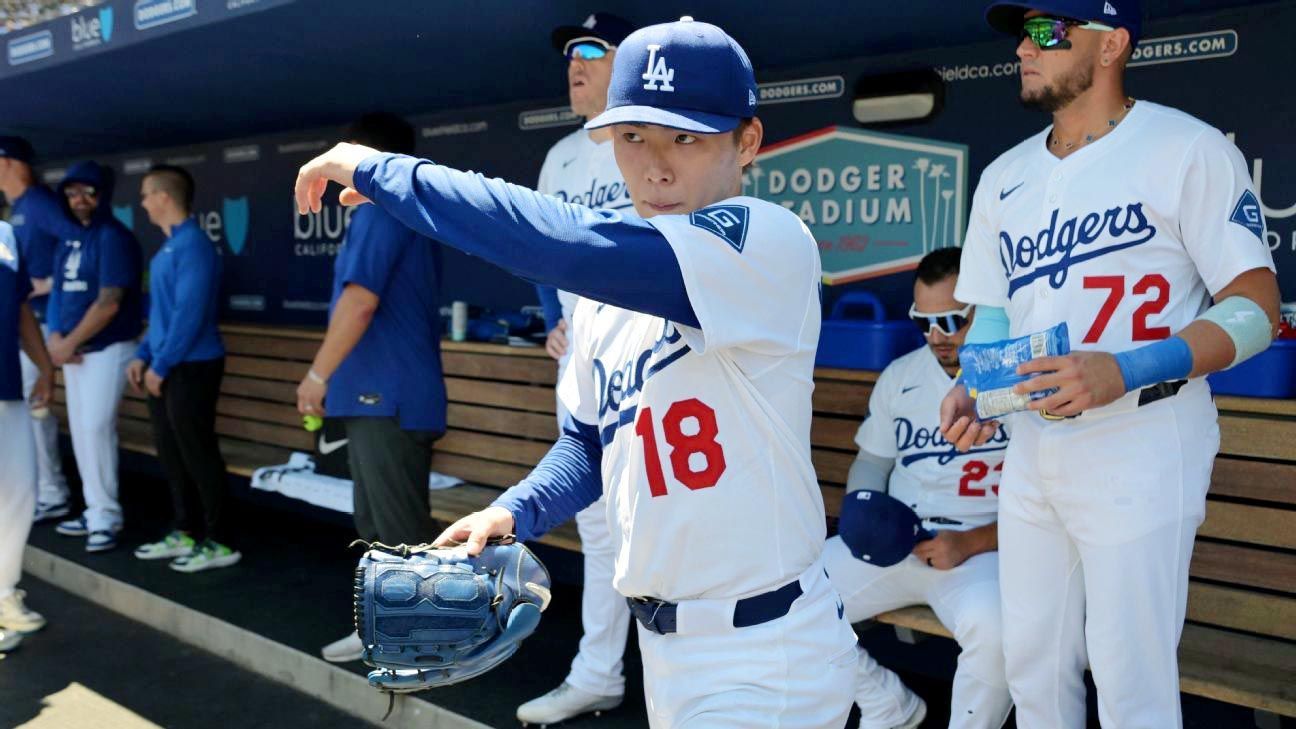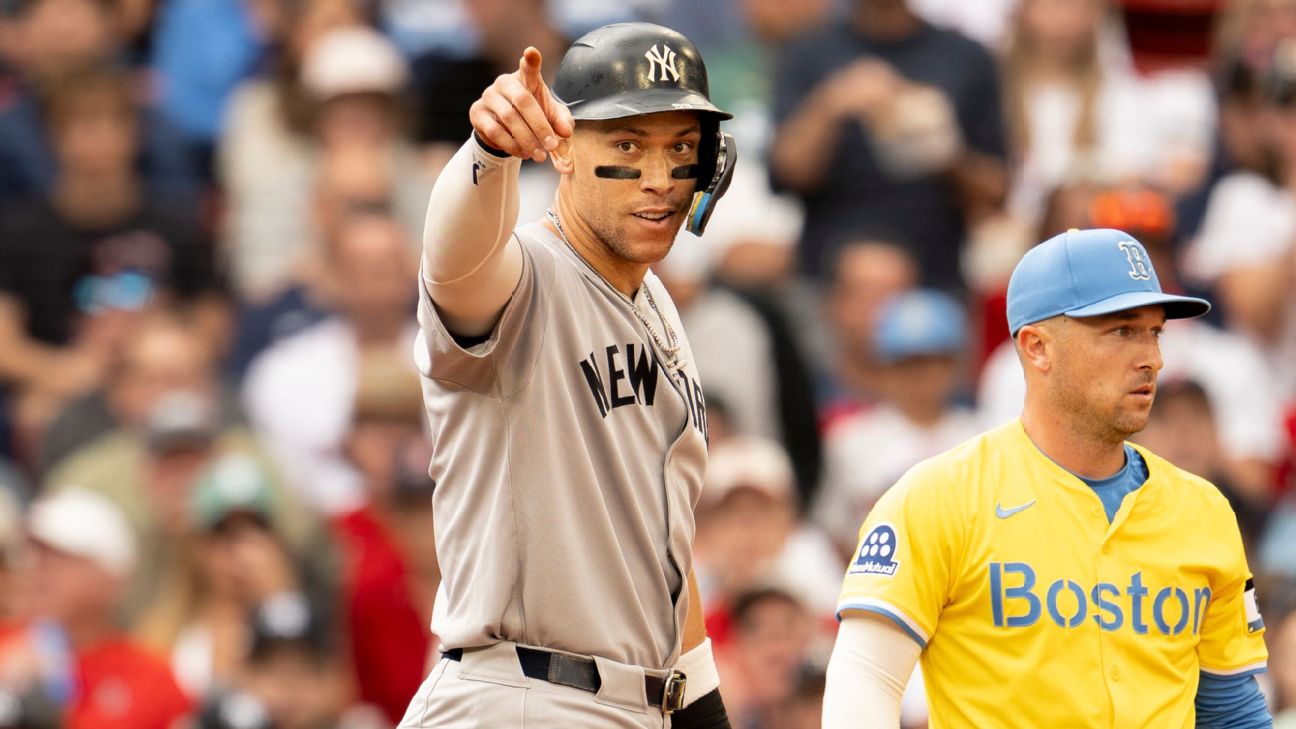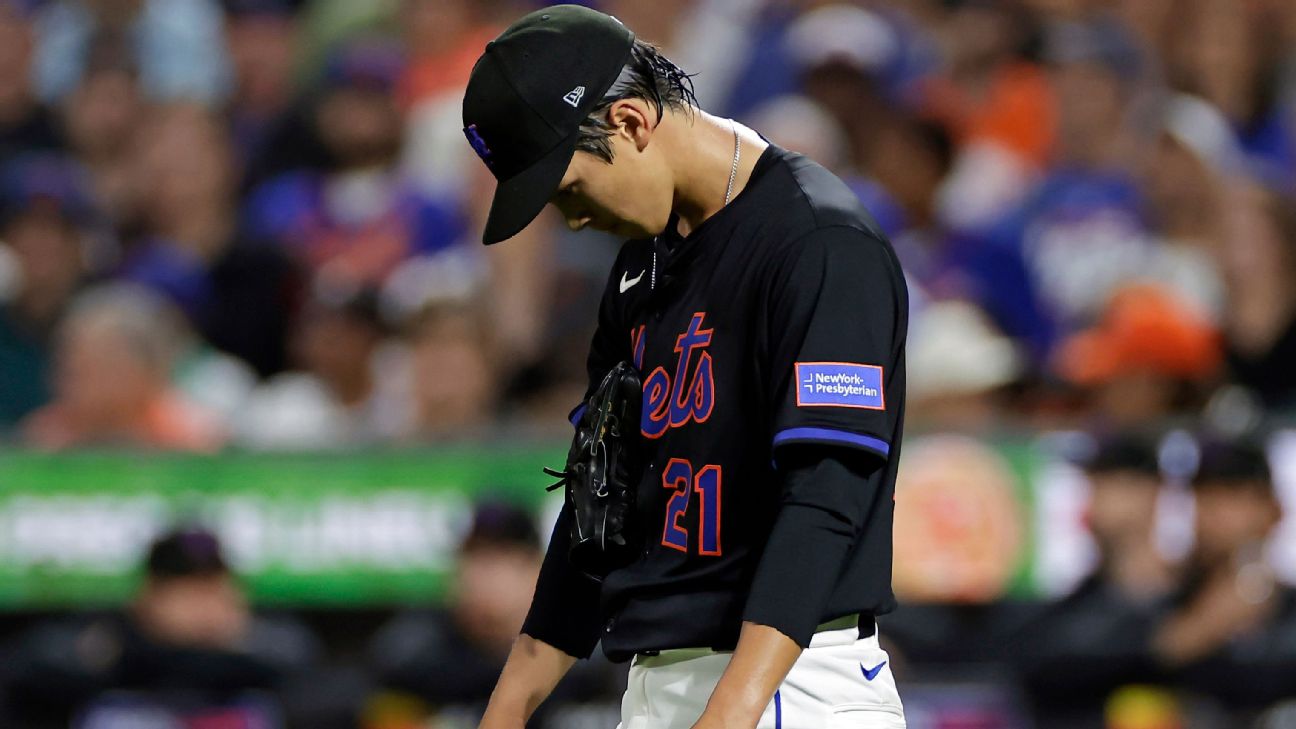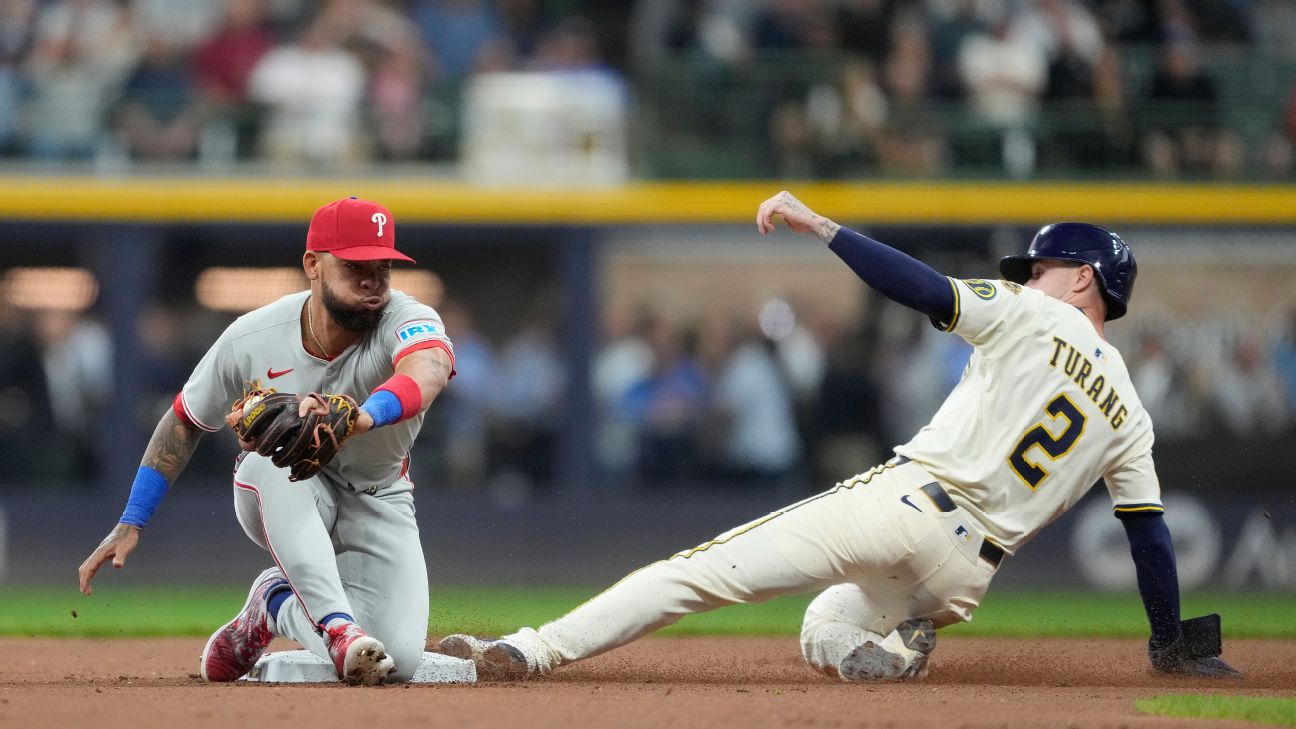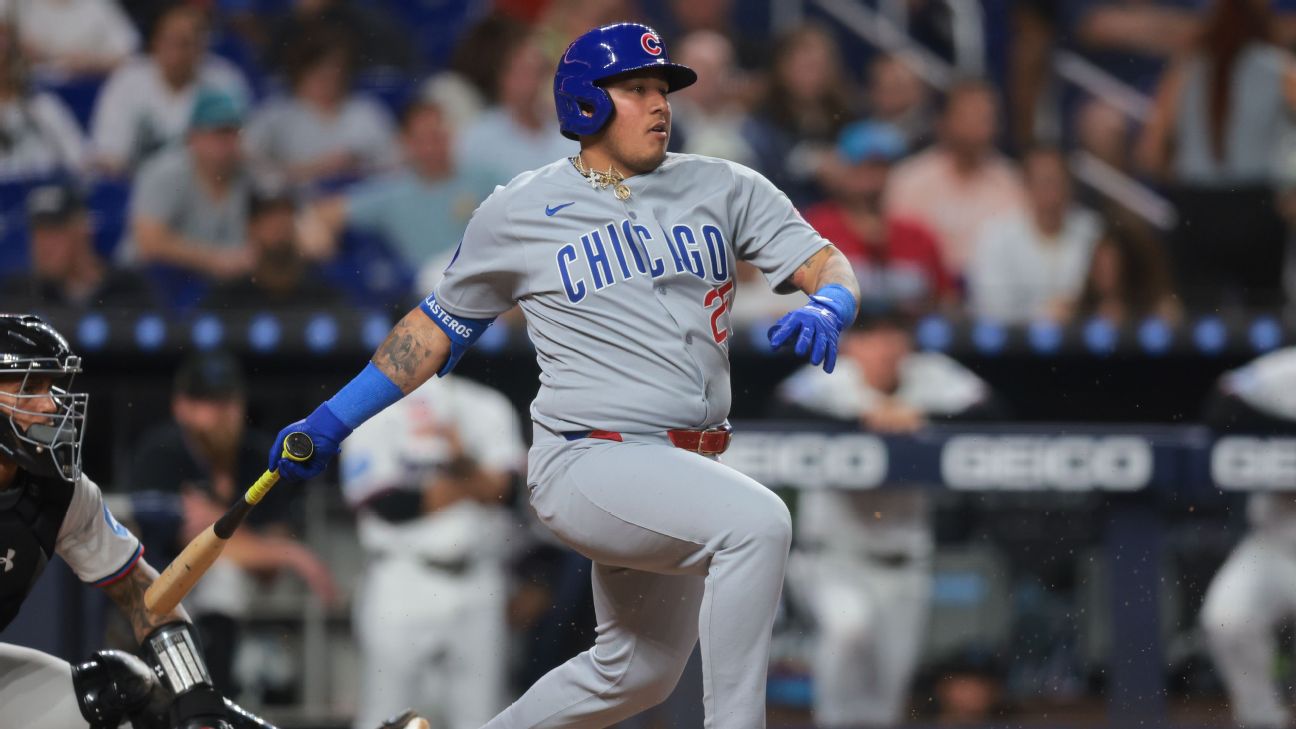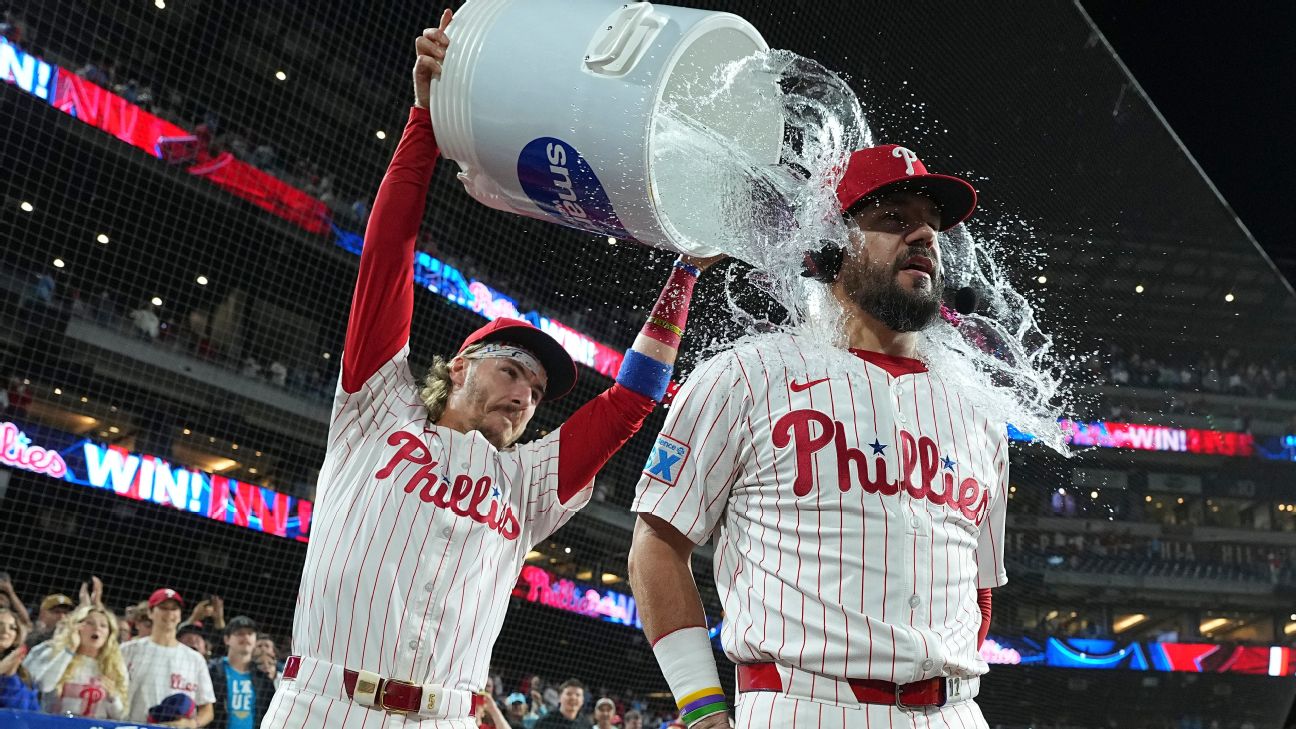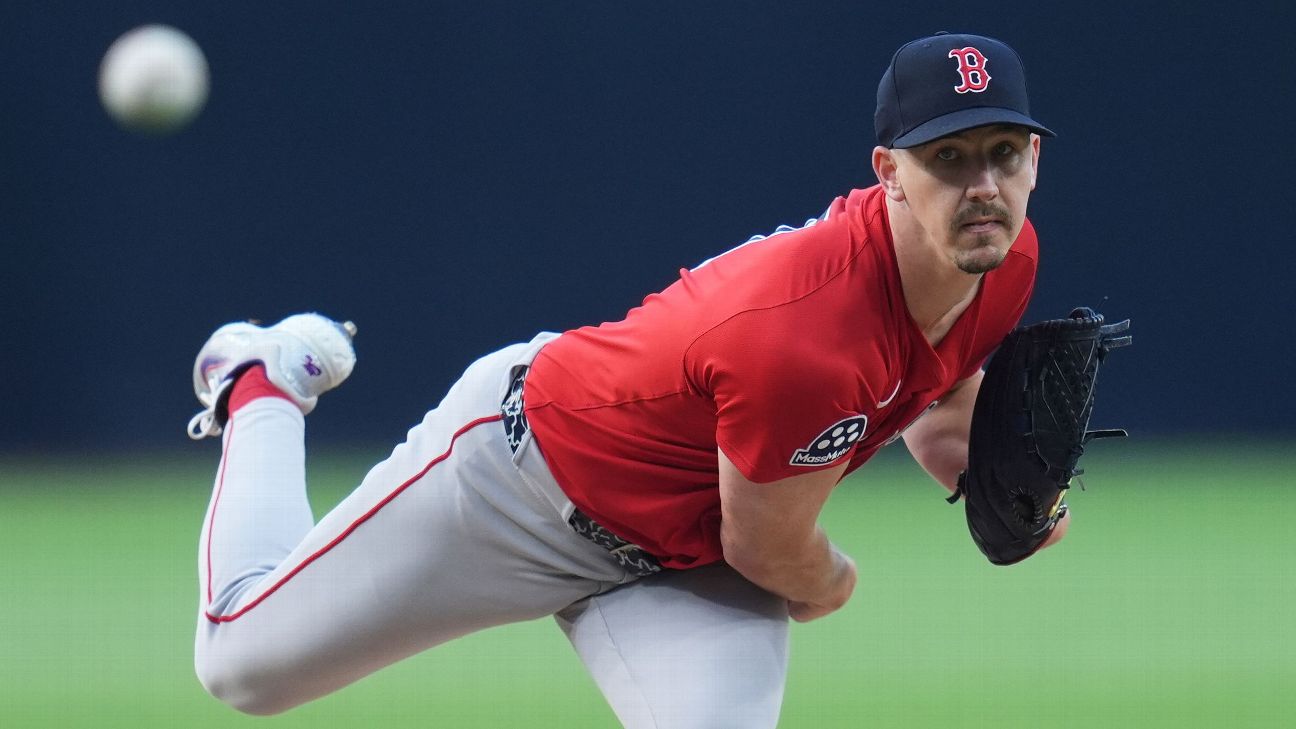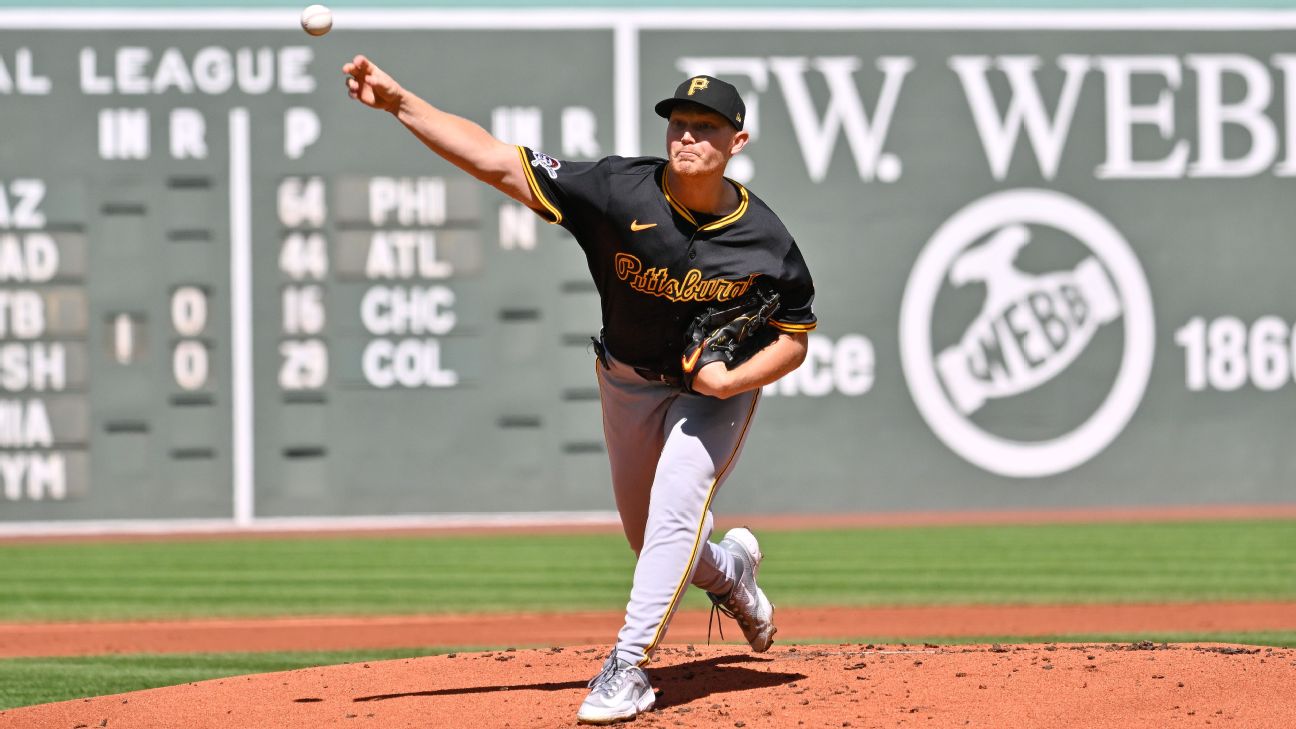The Evolution of Catchers in MLB: How Rule Changes Are Reshaping the Position
Explore how MLB's 2023 rule changes are transforming the catcher position, focusing on the rise of dual-threat players like Luke Stevenson.
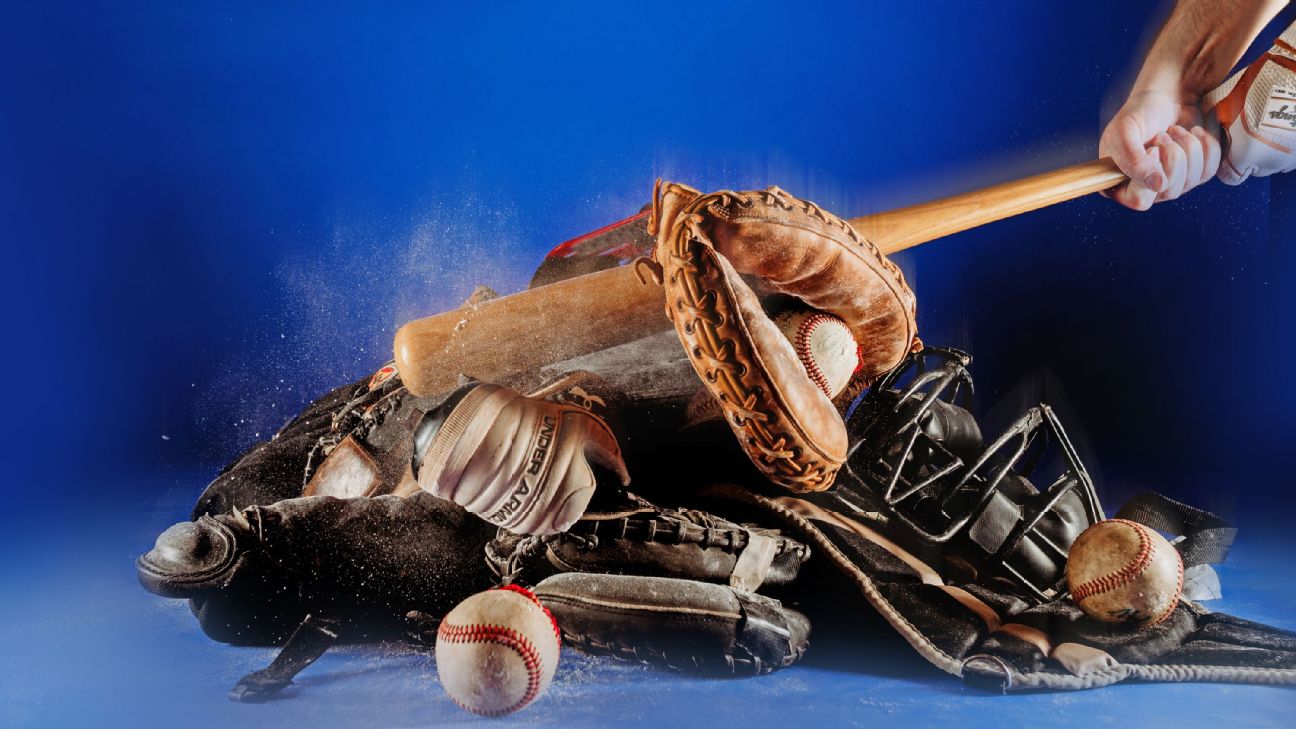
The 2023 MLB season brought significant rule changes aimed at revitalizing the game, and these changes are having a profound impact on the catcher position. Traditionally, catchers were valued primarily for their defensive skills—managing pitchers, framing pitches, and controlling the running game. However, the new rules have shifted the focus towards catchers who can contribute offensively as well.
The New Standard for Catchers
Players like Seattle's Cal Raleigh, a favorite for the AL MVP, exemplify the dual-threat catcher that is becoming the new standard in MLB. The gap between an All-Star caliber catcher and a replacement-level player is now more evident than ever. The emphasis on offensive production has led to a reevaluation of how catchers are scouted, coached, and developed at all levels of the game.
Impact of Rule Changes
The 2023 rule changes, including the introduction of a pitch clock, limitations on defensive shifts, and wider bases, have accelerated the pace of the game and increased stolen base attempts. This has made it more challenging for catchers to control the running game. In response, catchers are being trained to improve their exchange times and pop times, but the new rules have also highlighted the need for offensive contributions from the position.
Luke Stevenson: A Case Study
North Carolina's Luke Stevenson is a prime example of the modern catcher. A draft-eligible sophomore, Stevenson has shown exceptional offensive skills, ranking among the top Division I catchers in home runs, runs, and OPS. While some scouts have raised concerns about his defensive abilities, his offensive prowess has made him a top prospect for the 2025 MLB draft.
The Future of the Position
As MLB continues to evolve, the catcher position is likely to undergo further changes. The potential implementation of automated ball-strike systems (ABS) could further devalue traditional framing skills, placing even more importance on offensive capabilities. Catchers who can adapt to these changes and excel both behind the plate and at the bat will be highly sought after in the coming years.
Conclusion
The catcher position is at a crossroads, with rule changes and evolving player expectations reshaping the role. Players like Luke Stevenson are leading the way, demonstrating the value of dual-threat capabilities. As the game continues to change, the ability to adapt and excel in both offensive and defensive aspects will be crucial for the next generation of catchers.












